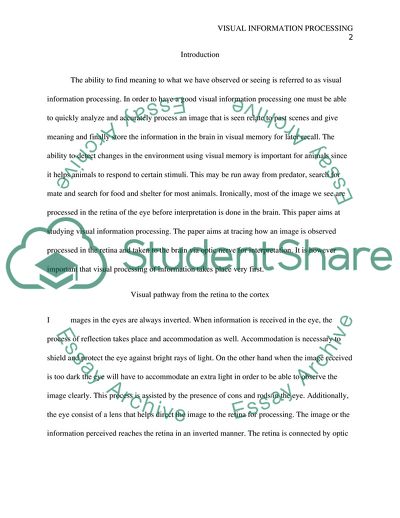Cite this document
(Visual Information Processing Report Example | Topics and Well Written Essays - 1250 words, n.d.)
Visual Information Processing Report Example | Topics and Well Written Essays - 1250 words. https://studentshare.org/psychology/1818512-visual-information-processing
Visual Information Processing Report Example | Topics and Well Written Essays - 1250 words. https://studentshare.org/psychology/1818512-visual-information-processing
(Visual Information Processing Report Example | Topics and Well Written Essays - 1250 Words)
Visual Information Processing Report Example | Topics and Well Written Essays - 1250 Words. https://studentshare.org/psychology/1818512-visual-information-processing.
Visual Information Processing Report Example | Topics and Well Written Essays - 1250 Words. https://studentshare.org/psychology/1818512-visual-information-processing.
“Visual Information Processing Report Example | Topics and Well Written Essays - 1250 Words”. https://studentshare.org/psychology/1818512-visual-information-processing.


